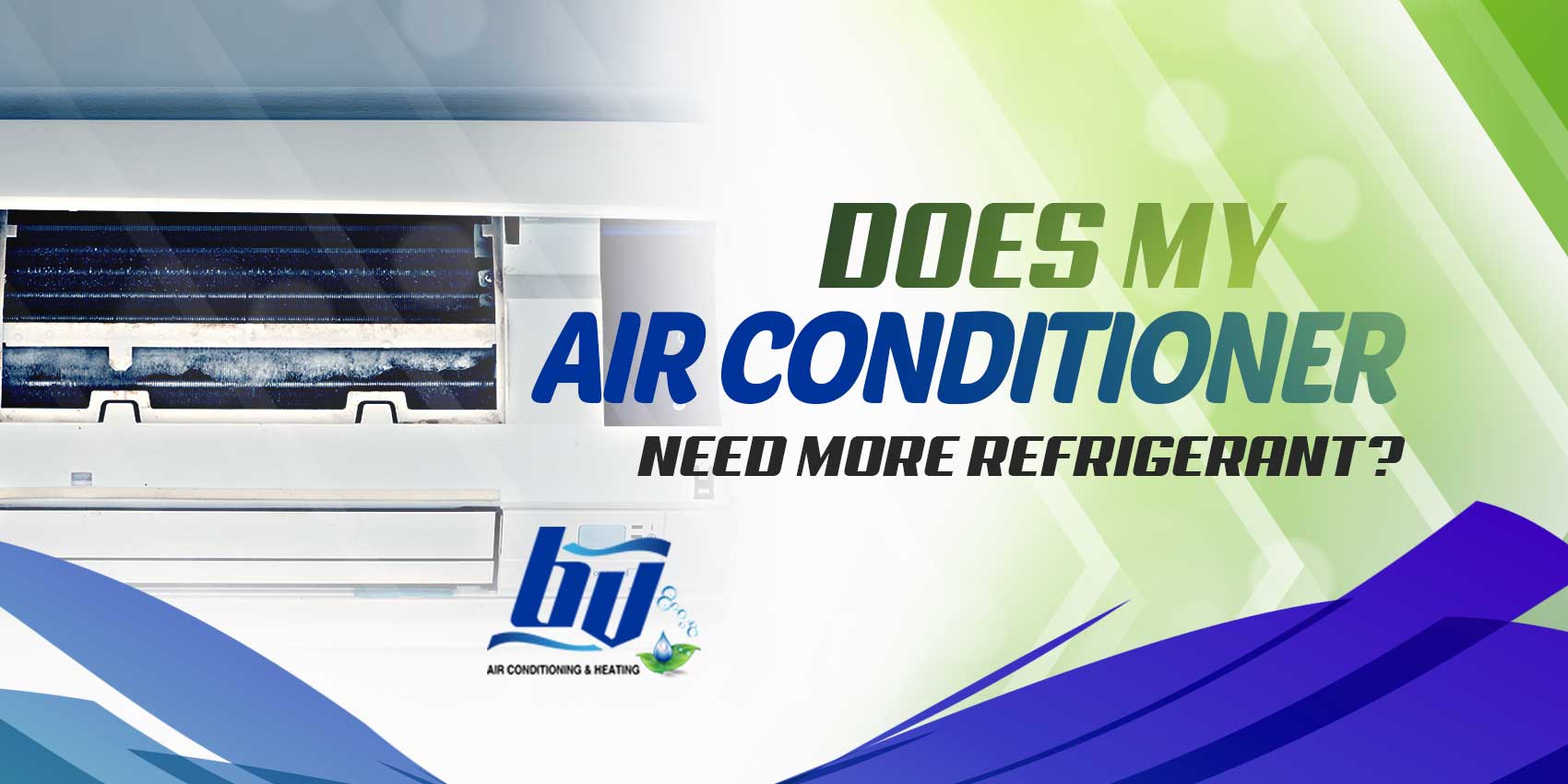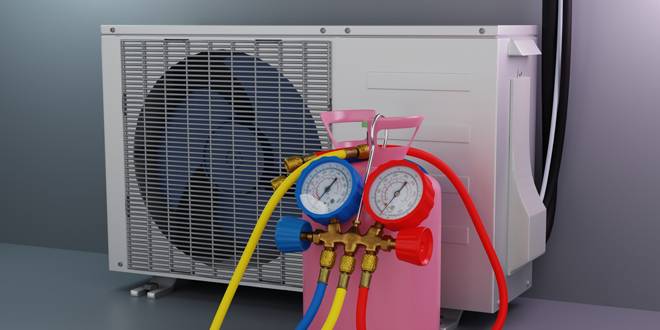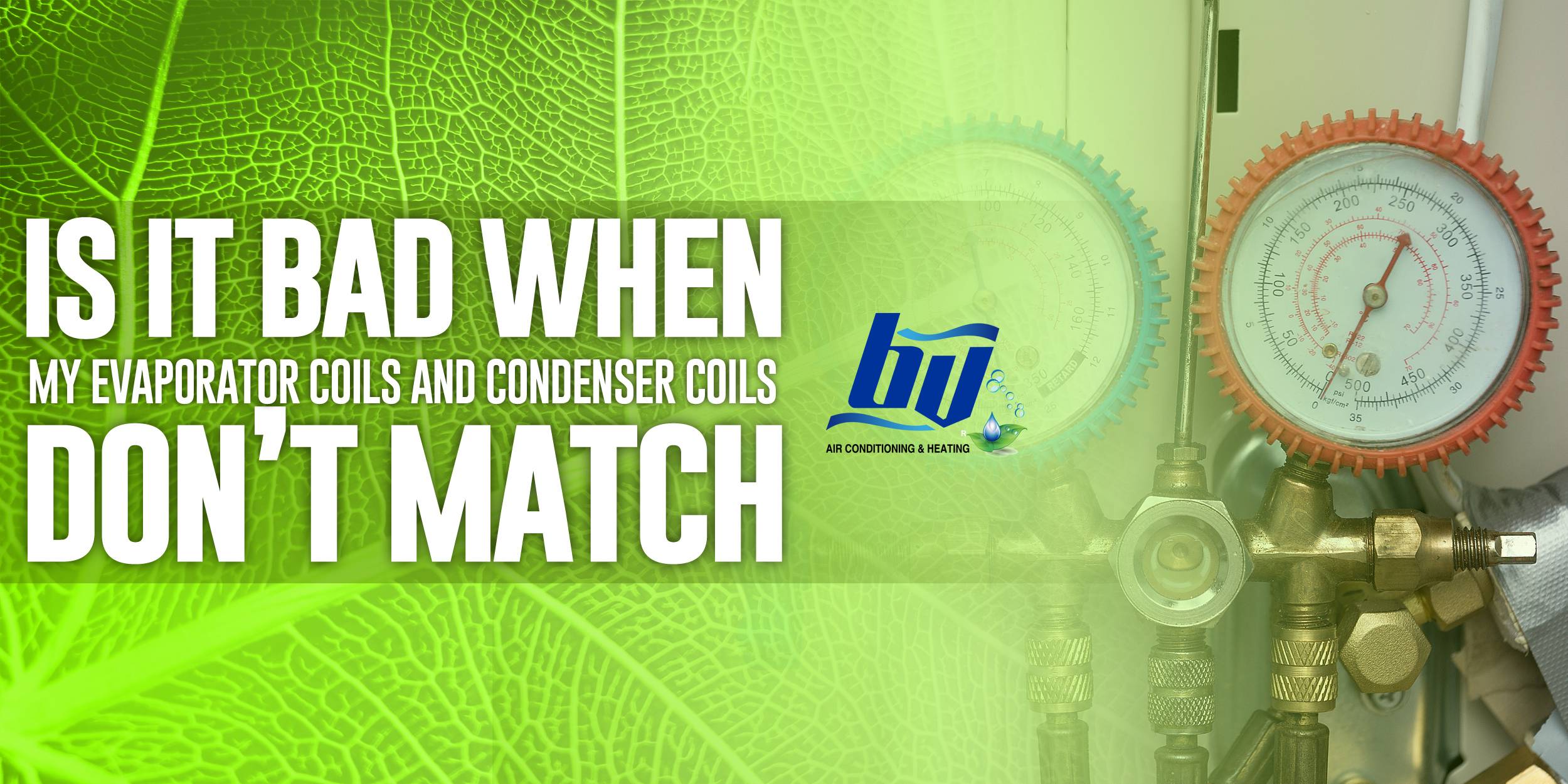Hey Dallas-Fort Worth homeowners, is your air conditioning unit acting up? With summer around the corner, let’s dive into the top 10 air conditioner issues in the area and ensure your home stays cool and comfortable all season long!
1. Refrigerant Leaks
Signs to Look For:
Reduced Cooling Efficiency: If your air conditioner is running but not cooling your home as well as it used to, this can be a sign of low refrigerant levels.
Hissing or Bubbling Sounds: These noises may be heard coming from your AC unit, indicating that refrigerant is escaping from a leak.
Ice on the Evaporator Coils: Seeing frost or ice buildup on the indoor coils can be a symptom of low refrigerant levels, as the reduced pressure in the system allows moisture in the air to freeze on the coils.
Swings in Temperature or Inadequate Cooling: If your AC no longer maintains consistent temperatures or struggles to keep the room cool, it could be due to inadequate refrigerant.
Elevated Energy Bills: Unexplained increases in your energy bills can occur because the system has to work harder and longer to try to cool your home when the refrigerant level is inadequate.
The Fix:
Detection and Repair: A qualified HVAC technician should be called to test for leaks using specialized equipment. Common methods include electronic detectors or a fluorescent dye that is added to the refrigerant.
Sealing the Leaks: Depending on where the leak is located, the repair might involve replacing a portion of the refrigerant line, soldering a leaky joint, or replacing faulty components such as valves or service ports.
Testing After Repair: It’s crucial to ensure that the fix is effective. Technicians may use nitrogen to pressure-test the system and ensure no leaks remain.
Proper Recharging: Once the system is sealed and integrity is confirmed, the technician will recharge the system with the precise type and amount of refrigerant specified by the manufacturer. This step is vital to restore optimal operation and efficiency of the AC unit.

2. Faulty Wiring
Signs to Look For:
Tripping Circuit Breakers: When air conditioners cause the home’s circuit breaker to trip frequently, this could be a sign of faulty wiring or an overloaded circuit.
AC Fails to Start: If the air conditioner doesn’t start or intermittently loses power, it could be due to poor or loose wiring connections.
Burning Smells: A distinct burning smell coming from the AC unit can be a sign of overheated wires or electrical components.
Visible Wear or Damage: Any visible signs of frayed wires, scorch marks on the electrical panel, or other damage should be addressed immediately.
The Fix:
Professional Inspection: Given the complexities and dangers associated with electrical systems, it’s important to have a certified HVAC technician inspect your AC’s wiring. This is not a DIY job, as incorrect handling can lead to serious injuries or further damage.
System Rewiring: Depending on the age and condition of the existing wiring, the technician may recommend rewiring parts or the entire AC unit. This involves replacing old or damaged wires with new, compliant ones that meet local electrical standards.
Circuit Breaker Assessment: The technician should also evaluate the circuit breaker to ensure it is the correct size for your AC unit. An improperly sized breaker can lead to frequent trips, which are inconvenient and potentially harmful to your AC system.
Secure Connections: Besides replacing wires, it’s crucial to ensure all electrical connections are tightened and secure. Loose connections can reduce the efficiency of your air conditioner and pose a fire hazard.
Testing and Verification: After any work is done, the technician should test the system to ensure everything is functioning correctly and safely. This includes checking that the unit is receiving the correct voltage and that all electrical components are in good working order.

3. Outside Fan Not Working
Signs to Look For:
No Air Coming from the Outdoor Unit: If the fan isn’t working, you might notice no air or very little air being expelled from the outdoor unit while the system is running.
System Overheating: If your air conditioning system seems to be overheating or shuts off sporadically on hot days, it could be a sign that the outdoor fan is not functioning correctly.
Loud Noises: Unusual noises coming from the outdoor unit, such as rattling or buzzing, could indicate that the fan or its components are loose or damaged.
Ice Formation: You may notice ice forming on the outdoor unit’s coils, which can be a result of inadequate heat dissipation due to fan failure.
The Fix:
Visual Inspection: Check the outdoor unit for any visible signs of damage to the fan blades, such as bends or cracks. Also, look for debris that may be obstructing the fan blades from moving freely.
Power Check: Ensure that the unit is receiving power. Sometimes, a tripped breaker or a blown fuse could be the reason the fan isn’t operating.
Capacitor or Motor Issue: The fan motor or the capacitor might be faulty. These components are crucial for starting up the fan and keeping it running. Testing them can often require specialized tools and knowledge.
Professional Help: If the issue isn’t something simple like debris removal or if the system shows signs of more significant damage or malfunction, it’s time to call a qualified HVAC technician. They can perform a thorough inspection and carry out repairs such as replacing the fan motor, fixing electrical connections, or replacing damaged fan blades.
4. Outside Unit Not Functional
Signs to Look For:
No Sound or Activity: When the AC is turned on, if the outdoor unit shows no signs of life (no sound or fan movement), it indicates a power or control issue.
Tripped Circuit Breaker: Frequently tripped breakers or blown fuses can suggest an underlying electrical problem that might be causing the unit to shut down.
Thermostat Errors: Inconsistent cooling or no response when setting changes are made can indicate thermostat problems.
The Fix:
Check Power Supply: Ensure that the outdoor unit is properly connected and receiving power. Reset any tripped circuit breakers and replace any blown fuses.
Inspect Wiring and Components: Look for any loose connections or signs of wear in the wiring. A professional technician should handle deeper electrical issues.
Thermostat Check: Verify that the thermostat settings are correct and that it is functioning properly. Sometimes replacing the batteries or recalibrating the thermostat can resolve the issue.
5. The AC is Not Blowing Cold Air
Signs to Look For:
Warm Air from Vents: Despite being active, the AC blows warm air, indicating possible airflow restrictions or system malfunctions.
Airflow Restriction: Reduced airflow from vents can suggest blocked ducts or a dirty or clogged air filter.
The Fix:
Replace Air Filters: Check and replace dirty air filters to ensure optimal airflow.
Inspect and Clean Ducts: Look for any blockages or leaks in the ductwork that might be restricting air movement.
Thermostat Adjustment: Make sure the thermostat is set to cooling mode and the temperature setting is lower than the current room temperature.
6. Frozen Evaporator Coil
Signs to Look For:
Ice on Coils: Visible ice on the evaporator coil and surrounding areas is a clear sign.
Condensation Issues: Excessive condensation or water pooling around the furnace can occur due to melting ice.
The Fix:
Improve Airflow: Ensure that nothing is blocking air intake vents and that air filters are clean.
Professional Assessment: If airflow improvements do not solve the issue, consult with a technician to check for refrigerant levels and blower fan functionality.

7. Drainage Problems
Signs to Look For:
Water Leaks: Noticeable water leaks around the unit can be a sign of a clogged condensate drain.
Overflowing Drain Pan: Check if the drain pan is overflowing, which indicates a blockage.
The Fix:
Clear Drain Lines: Regularly clear out the condensate drain line to prevent algae and mold buildup, which can block the flow of condensate water.
Check Drain Pan: Ensure the drain pan is not cracked or damaged and is properly aligned to catch condensate.
8. Sensor Problems
Signs to Look For:
Erratic Behavior: The AC cycles on and off irregularly or behaves unpredictably.
Thermostat Misreads: The sensor may cause the thermostat to misread the room temperature.
The Fix:
Reposition Sensor: Adjust the sensor positioning near the evaporator coil but ensure it does not touch any other component. Sometimes, securing a loose sensor in the correct position resolves the issue.
9. Inadequate Maintenance
Signs to Look For:
Declining Efficiency: Gradually increasing energy bills and reduced performance.
Frequent Repairs: An increase in the frequency of repairs can indicate neglected maintenance.
The Fix:
Regular Professional Maintenance: Schedule annual or bi-annual maintenance checks to keep the system running smoothly and efficiently.
10. Wear and Tear
Signs to Look For:
Noises and Vibrations: Unusual noises or vibrations during operation can indicate worn-out belts or loose components.
Decreased Performance: Sluggish performance or inefficiencies that worsen over time.
The Fix:
Regular Inspections: Have moving parts inspected regularly for wear and replaced as necessary to maintain optimal function and prevent unexpected breakdowns.
Stay Cool With BV Air Conditioning & Heating!
Don’t let common AC issues turn your home into a sauna this summer! BV Air Conditioning & Heating is here to provide top-notch service and ensure your air conditioner is in tip-top shape. Contact us today for expert maintenance and repair services. Your comfort is our priority, so let’s keep it cool, DFW!


